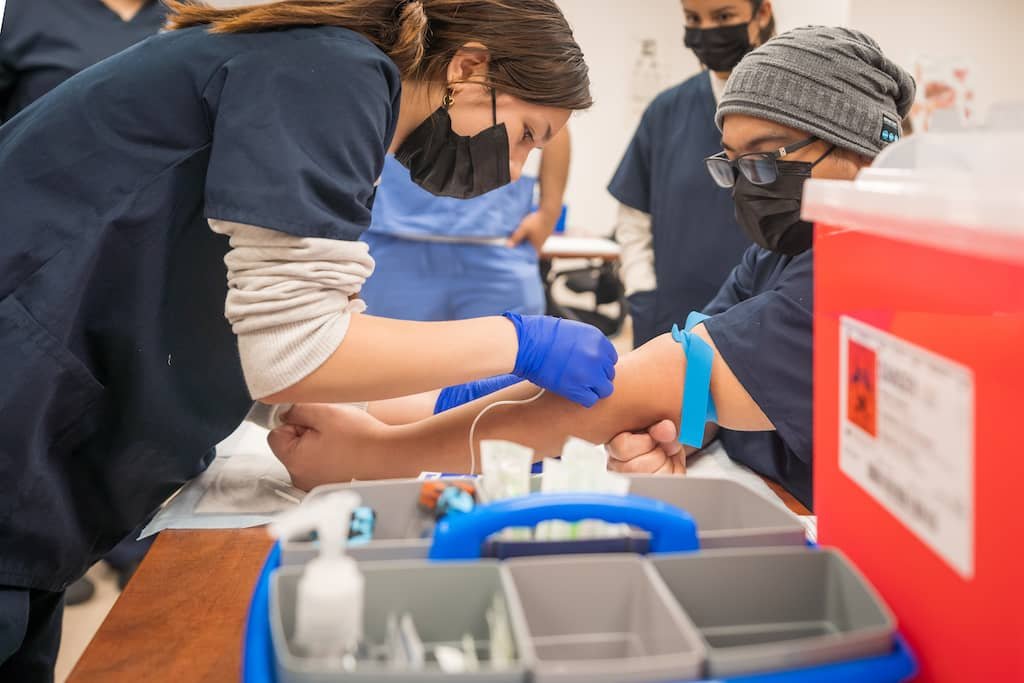The Impact of Specialized Pediatric Medical Devices on Hospital Supply and Equipment Management in the United States
Summary
- Pediatric medical devices play a crucial role in providing specialized care to children in hospitals across the United States.
- The availability of these devices poses unique challenges for hospitals in terms of procurement, maintenance, and inventory management.
- Hospitals must carefully strategize their supply and equipment management to ensure they have the necessary pediatric devices to meet the diverse healthcare needs of young patients.
The Importance of Specialized Pediatric Medical Devices
Specialized pediatric medical devices are essential tools in providing comprehensive healthcare services to children in hospitals. These devices are specifically designed to meet the unique needs of pediatric patients, who require specialized care due to their size, developmental stage, and medical conditions. From infant incubators to neonatal ventilators, pediatric medical devices play a crucial role in ensuring the well-being of young patients.
Challenges in Procurement
Procuring specialized pediatric medical devices can be a challenging task for hospitals in the United States. Unlike adult medical equipment, pediatric devices are less commonly used and may have limited availability from suppliers. Hospitals must carefully assess their needs and plan their procurement strategy to ensure they have the necessary devices to meet the diverse healthcare requirements of pediatric patients.
Maintenance and Repairs
Once acquired, specialized pediatric medical devices require regular maintenance and timely repairs to ensure they function effectively. Hospitals must work closely with manufacturers and service providers to schedule routine maintenance checks and address any issues promptly. A breakdown in a critical pediatric device could have serious consequences for young patients, underscoring the importance of proactive maintenance protocols.
Inventory Management
Managing inventory of pediatric medical devices poses a unique challenge for hospitals due to the wide range of devices required to meet the diverse healthcare needs of children. Hospitals must maintain an accurate inventory of pediatric equipment, ensuring they have the necessary devices in stock while avoiding overstocking to minimize wastage and reduce costs. Implementing robust inventory management systems and procedures is crucial to optimizing the availability of pediatric medical devices.
Strategies for Effective Supply and Equipment Management
To navigate the challenges associated with specialized pediatric medical devices, hospitals must adopt thoughtful strategies for supply and equipment management. By implementing the following strategies, hospitals can ensure they have the necessary pediatric devices to support high-quality care for young patients:
- Collaborate with Pediatric Specialists: Hospitals should work closely with pediatric specialists to understand the unique healthcare needs of children and identify the specific devices required to meet those needs.
- Develop Comprehensive Procurement Plans: Hospitals should develop comprehensive procurement plans that take into account the diverse range of pediatric devices needed and establish relationships with reliable suppliers to ensure timely procurement.
- Implement Preventive Maintenance Programs: Hospitals should implement preventive maintenance programs for pediatric medical devices to minimize the risk of breakdowns and ensure the continuous availability of critical equipment.
- Utilize Inventory Management Systems: Hospitals should invest in advanced inventory management systems to track the availability, usage, and status of pediatric medical devices, enabling efficient inventory control and replenishment.
- Train Staff on Pediatric Equipment: Hospitals should provide training to staff members on the proper use and maintenance of pediatric devices to ensure optimal performance and safety for young patients.
Conclusion
The availability of specialized pediatric medical devices has a significant impact on hospital supply and equipment management in the United States. Hospitals must carefully navigate the challenges associated with procuring, maintaining, and managing inventory of pediatric devices to ensure they can meet the diverse healthcare needs of children. By adopting proactive strategies and investing in robust systems, hospitals can optimize the availability of pediatric medical devices and provide high-quality care to young patients.

Disclaimer: The content provided on this blog is for informational purposes only, reflecting the personal opinions and insights of the author(s) on the topics. The information provided should not be used for diagnosing or treating a health problem or disease, and those seeking personal medical advice should consult with a licensed physician. Always seek the advice of your doctor or other qualified health provider regarding a medical condition. Never disregard professional medical advice or delay in seeking it because of something you have read on this website. If you think you may have a medical emergency, call 911 or go to the nearest emergency room immediately. No physician-patient relationship is created by this web site or its use. No contributors to this web site make any representations, express or implied, with respect to the information provided herein or to its use. While we strive to share accurate and up-to-date information, we cannot guarantee the completeness, reliability, or accuracy of the content. The blog may also include links to external websites and resources for the convenience of our readers. Please note that linking to other sites does not imply endorsement of their content, practices, or services by us. Readers should use their discretion and judgment while exploring any external links and resources mentioned on this blog.

